Ancient moisture-proof wisdom
Building materials and design
In the early days, the main body of ancient buildings were wooden, and the roofs would be covered with dry thatch. Later, ancient people found that tiles were suitable for fire prevention and moisture-proof, so they built more tile houses.

In the Warring States Period, brick became the main material for building houses, among which black brick was favored by craftsmen because of its high moisture-proof ability.
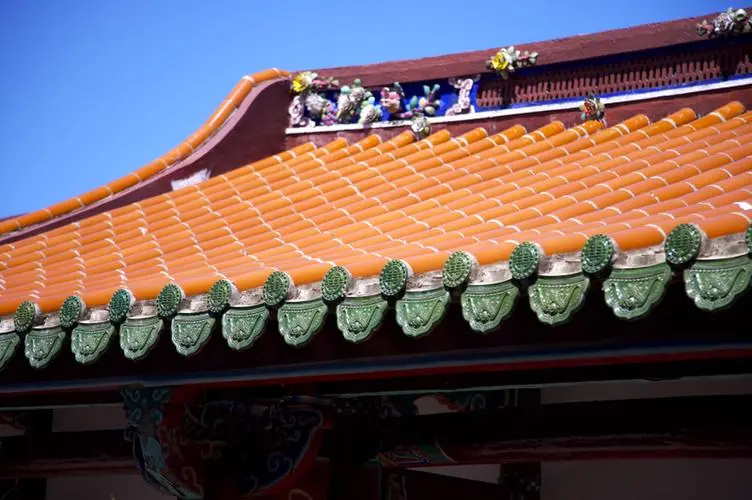
In the Northern Wei period, glazed tiles, a new type of building material with stronger permeability resistance than tiles, began to appear frequently on building roofs.
In addition to choosing more waterproof and moisture-resistant building materials, ancient people also incorporated ingenious ideas into the details of their houses:
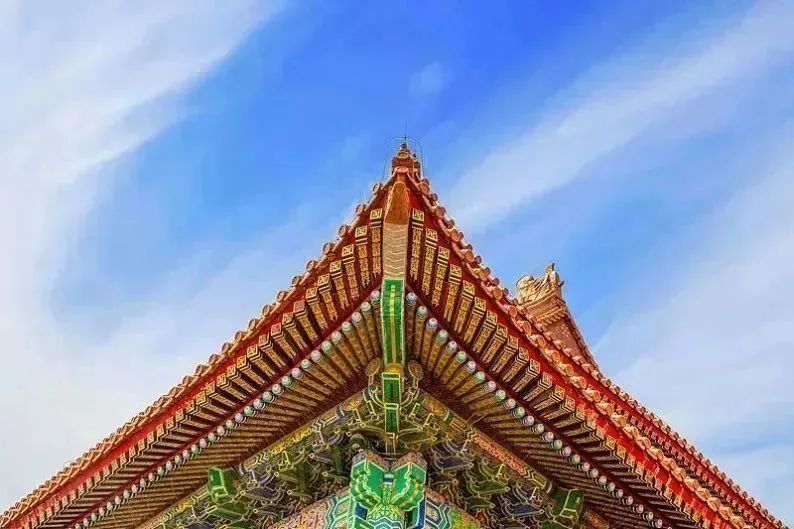
For example, the eaves of the Forbidden City in Beijing are mostly eaves. The advantage of this kind of design is that the rain can splash farther after sliding down the arched eaves, so as to reduce the impact of rain on the wooden parts of the building and ensure that the "central activity area" is dry.
The palace of the Forbidden City in Beijing is built on tall terraces, which has something to do with the consideration that buildings placed on high platforms are not susceptible to moisture.
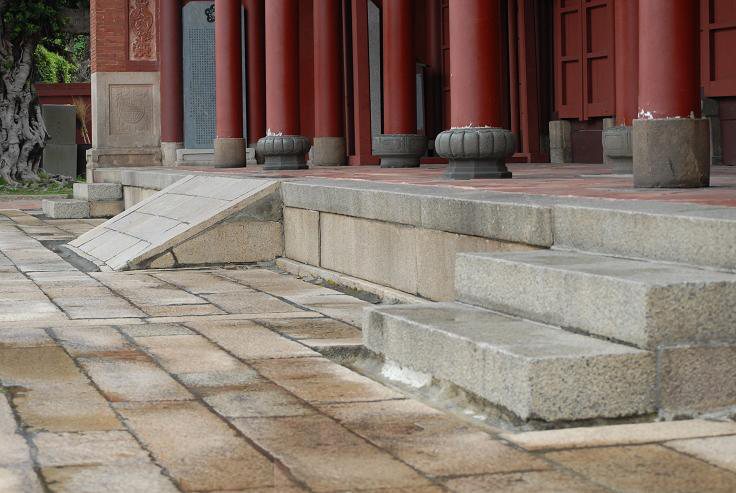
In southern villages, stone bars will be specially inserted under the house and wooden boards will be laid under the house to make the house completely suspended, and the wind comes in and out of the house, which can ensure that the house is dry in all seasons.
In order to solve the problem of moisture-proof at the foot of wooden column, the ancient people widely used stone components as the main materials for building moisture-proof while the technology of wood frame and rammed earth made continuous progress. That is to use stone at the foot of the column to do the capital stone.
The wood material is soaked in a special liquid, dried, and brushed with a layer of glue. After construction, it is coated with a coat of lacquer mixed with copper oil to keep moisture out.
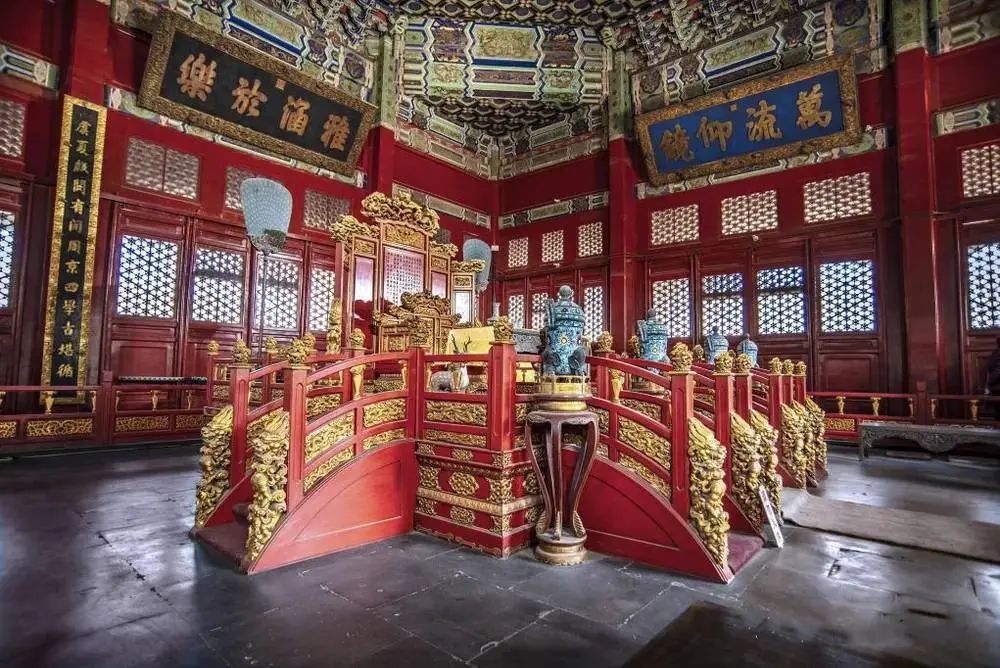
Modern moisture-proof technology
Electroosmosis technique
Compared with ancient times, modern architecture has undoubtedly made great progress in moisture-proof technology.
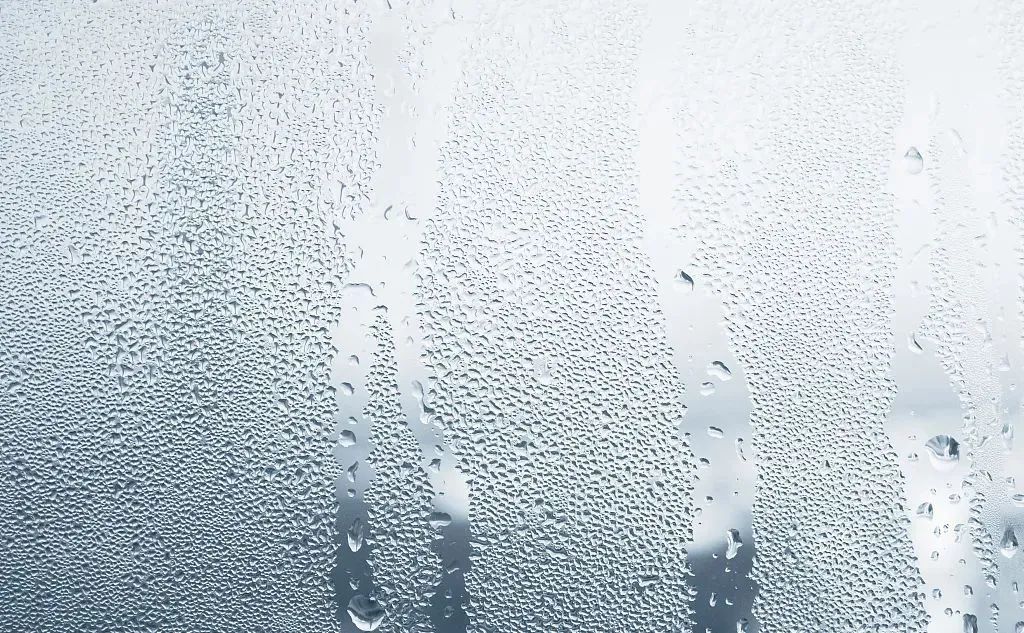
However, the addition of modern building materials such as marble and wall cloth in interior decoration also puts forward higher requirements for indoor moisture-proof technology. In particular, the basement, once back to the south day, the rainy season, the wall tide, home moldy phenomenon is common.
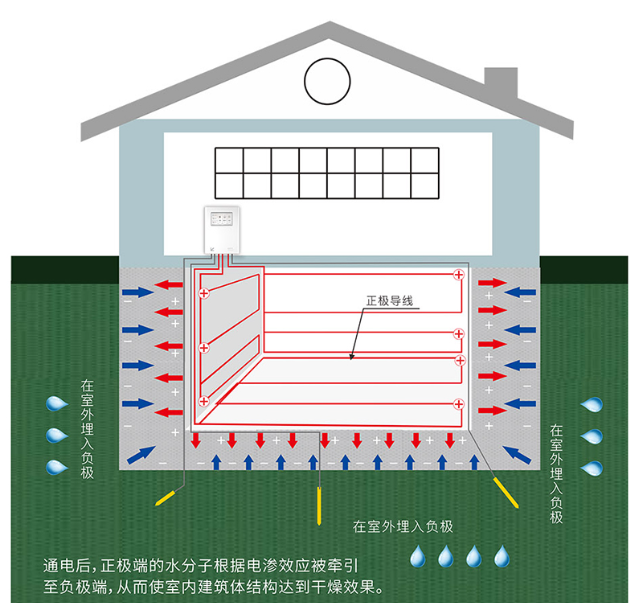
In view of the moisture "burst point" lurking in modern buildings, in addition to the use of fresh air, dehumidifier, desiccants such as a series of conventional means, we need to solve the moisture problem of building structures, rather than just air tide.
At present, the most effective way - electroosmotic pulse impermeable dehumidification system is possessed of modern science and technology to completely solve the tidal seepage of building structures.
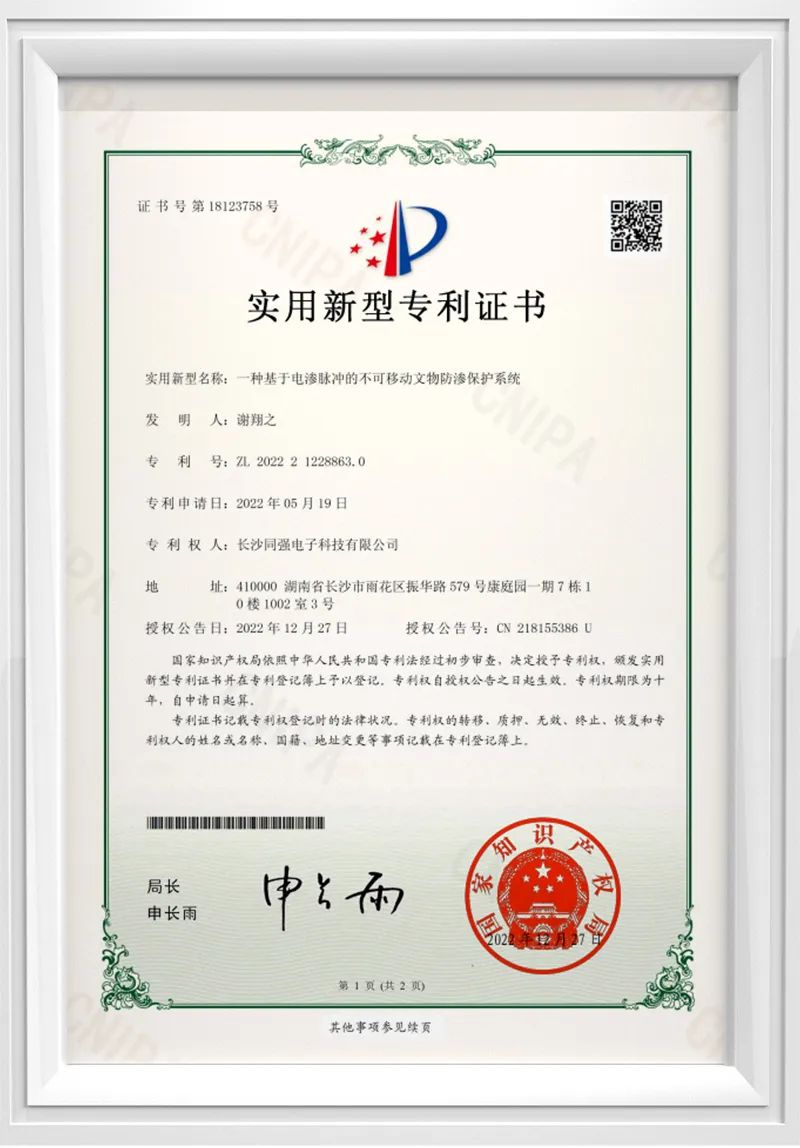
And Tongqiang technology also developed [ZL202221228863.0 an immovable cultural relics impervious protection system based on electroosmotic pulse] national impervious patent technology, in order to protect ancient buildings.